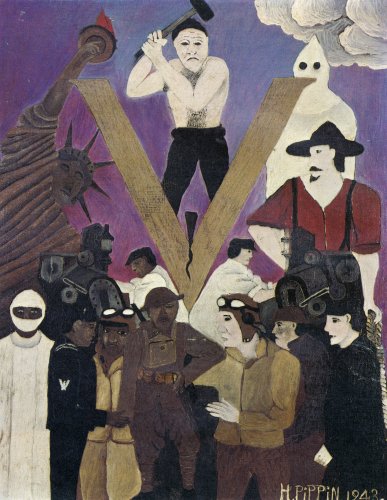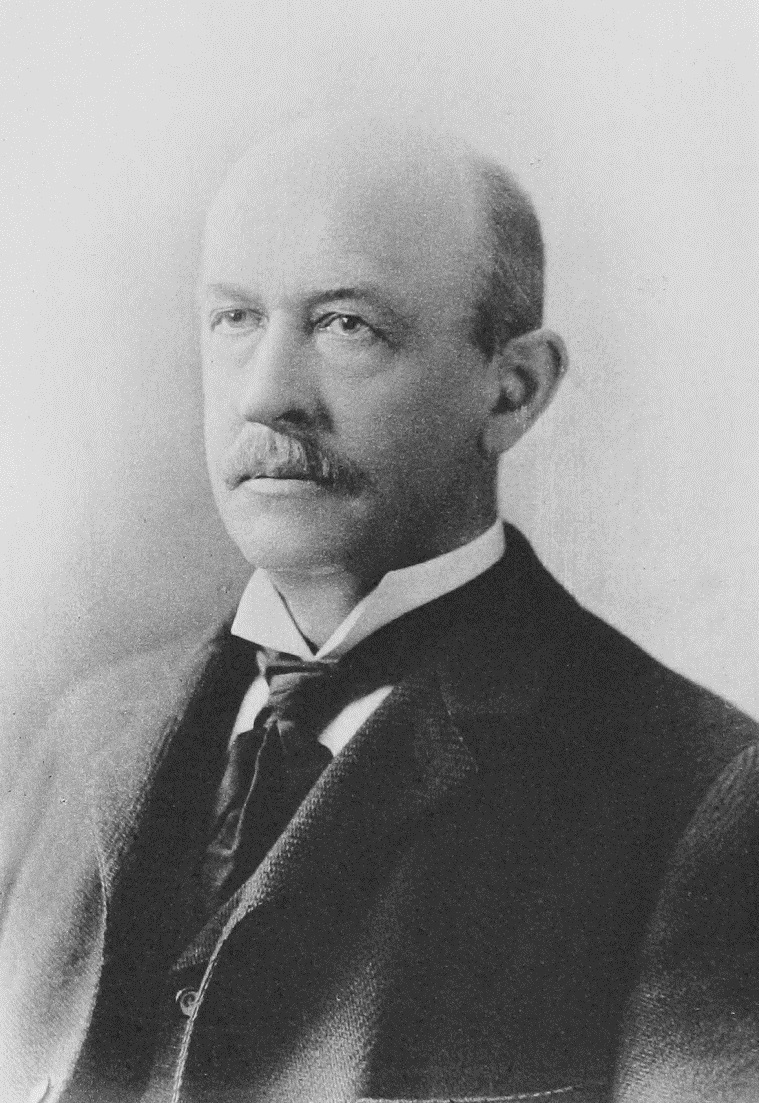|
Recategorization
In social psychology, recategorization is a change in the conceptual representation of a Social group, group or groups. When deliberate, recategorization is often encouraged in order to mitigate bias by making salient a common ingroup identity that encompasses the group identities of the preexisting categorization. This common ingroup identity is more inclusive than the preexisting group identities, changing conceptions of an "us" ingroup and a "them" outgroup into a "we" superordinate group, and can result in In-group favoritism, ingroup bias towards former outgroups and an increase in prosocial behavior. Common ingroup identities can be built around superordinate goals, perceived shared fate, or preexisting superordinate group identities, and are supported by positive intergroup contact. Two primary forms of recategorization are recognized: single-identity recategorization, in which groups are recategorized into a single common ingroup identity, and dual-identity recategorization ... [...More Info...] [...Related Items...] OR: [Wikipedia] [Google] [Baidu] |
Common Ingroup Identity
The common ingroup identity model is a theoretical model proposed by Samuel L. Gaertner and John F. Dovidio that outlines the processes through which intergroup bias may be reduced.Gaertner, S. L., Dovidio, J. F., Anastasio, P. A., Bachman, B. A., & Rust, M. C. (1993). The Common Ingroup Identity Model: Recategorization and the reduction of intergroup Bias. European Review of Social Psychology, 4, 1-26. Intergroup bias is a preference for one's in-group over the out-group. Derived from the social identity approach to intergroup behaviour, the common ingroup identity model is rooted in the process of social categorization, or how people conceive of group boundaries. The model describes how intergroup bias can be reduced if members of different groups can be induced to conceive of themselves to be part of the same group, then they would develop more positive attitudes of the former outgroup members. An individual will change the way they view the out-group through a social categ ... [...More Info...] [...Related Items...] OR: [Wikipedia] [Google] [Baidu] |
Ingroup
In social psychology and sociology, an in-group is a social group to which a person psychologically identifies as being a member. By contrast, an out-group is a social group with which an individual does not identify. People may for example identify with their peer group, family, community, sports team, political party, gender, sexual orientation, religion, or nation. It has been found that the psychological membership of social groups and categories is associated with a wide variety of phenomena. The terminology was made popular by Henri Tajfel and colleagues beginning in the 1970s during his work in formulating social identity theory. The significance of in-group and out-group categorization was identified using a method called the minimal group paradigm. Tajfel and colleagues found that people can form self-preferencing in-groups within a matter of minutes and that such groups can form even on the basis of completely arbitrary and invented discriminatory characteristics, ... [...More Info...] [...Related Items...] OR: [Wikipedia] [Google] [Baidu] |
Superordinate Goals
In social psychology, superordinate goals are goals that are worth completing but require two or more social groups to cooperatively achieve. The idea was proposed by social psychologist Muzafer Sherif in his experiments on intergroup relations, run in the 1940s and 1950s, as a way of reducing conflict between competing groups. Sherif's idea was to downplay the two separate group identities and encourage the two groups to think of themselves as one larger, superordinate group. This approach has been applied in many contexts to reduce intergroup conflict, including in classrooms and business organizations. However, it has also been critiqued by other social psychologists who have proposed competing theories of intergroup conflict, such as contact theory and social categorization theory. In the context of goal-setting theory, the concept is seen in terms of three goal levels. These are classified as subordinate, intermediate and superordinate. An organization's superordinate goals ... [...More Info...] [...Related Items...] OR: [Wikipedia] [Google] [Baidu] |
Prejudice
Prejudice can be an affect (psychology), affective feeling towards a person based on their perceived In-group and out-group, social group membership. The word is often used to refer to a preconceived (usually unfavourable) evaluation or classification of another person based on that person's perceived personal characteristics, such as political affiliation, sex, gender, gender identity, beliefs, Value (personal and cultural), values, social class, friendship, Ageing, age, disability, religion, sexual orientation, sexuality, Race (human classification), race, ethnicity, language, nationality, culture, complexion, beauty, height, body weight, job, occupation, wealth, education, criminality, Fan loyalty, sport-team affiliation, Psychology of music preference, music tastes or other perceived characteristics. The word "prejudice" can also refer to unfounded or pigeonholed beliefs and it may apply to "any unreasonable attitude that is unusually resistant to rational influence". Gordon ... [...More Info...] [...Related Items...] OR: [Wikipedia] [Google] [Baidu] |
Oxford University Press
Oxford University Press (OUP) is the publishing house of the University of Oxford. It is the largest university press in the world. Its first book was printed in Oxford in 1478, with the Press officially granted the legal right to print books by decree in 1586. It is the second-oldest university press after Cambridge University Press, which was founded in 1534. It is a department of the University of Oxford. It is governed by a group of 15 academics, the Delegates of the Press, appointed by the Vice Chancellor, vice-chancellor of the University of Oxford. The Delegates of the Press are led by the Secretary to the Delegates, who serves as OUP's chief executive and as its major representative on other university bodies. Oxford University Press has had a similar governance structure since the 17th century. The press is located on Walton Street, Oxford, Walton Street, Oxford, opposite Somerville College, Oxford, Somerville College, in the inner suburb of Jericho, Oxford, Jericho. ... [...More Info...] [...Related Items...] OR: [Wikipedia] [Google] [Baidu] |
SAGE Publications
Sage Publishing, formerly SAGE Publications, is an American independent academic publishing company, founded in 1965 in New York City by Sara Miller McCune and now based in the Newbury Park neighborhood of Thousand Oaks, California. Sage Publishing has offices located across North America, Europe, and the Asia Pacific region. In North America, Sage Publishing has offices in Los Angeles, Washington DC, and Toronto. The European operations are headquartered in London, United Kingdom. In the Asia Pacific region, Sage Publishing has established offices in Melbourne, Australia, India and Singapore. It publishes more than 1,000 journals, more than 800 books a year, reference works and electronic products covering business, humanities, social sciences, science, technology and medicine. SAGE also owns and publishes under the imprints of Corwin Press (since 1990), CQ Press (since 2008), Learning Matters (since 2011), and Adam Matthew Digital (since 2012). History SAGE wa ... [...More Info...] [...Related Items...] OR: [Wikipedia] [Google] [Baidu] |
Contact Hypothesis
In psychology and other social sciences, the contact hypothesis suggests that intergroup contact under appropriate conditions can effectively reduce prejudice between majority and minority group members. Following WWII and the desegregation of the military and other public institutions, policymakers and social scientists had turned an eye towards the policy implications of interracial contact. Of them, social psychologist Gordon Allport united early research in this vein under intergroup contact theory. In 1954, Allport published '' The Nature of Prejudice'', in which he outlined the most widely cited form of the hypothesis.Allport, G. W. (1954). The nature of prejudice. Cambridge, MA: Perseus Books The premise of Allport's hypothesis states that under appropriate conditions interpersonal contact could be one of the most effective ways to reduce prejudice between majority and minority group members. According to Allport, properly managed contact should reduce issues of stereotypin ... [...More Info...] [...Related Items...] OR: [Wikipedia] [Google] [Baidu] |
Gordon Allport
Gordon William Allport (November 11, 1897 – October 9, 1967) was an American psychologist. Allport was one of the first psychologists to focus on the study of the personality, and is often referred to as one of the founding figures of personality psychology. He contributed to the formation of values scales and rejected both a psychoanalytic approach to personality, which he thought often was too deeply interpretive, and a behavioral approach, which he thought did not provide deep enough interpretations from their data. Instead of these popular approaches, he developed an eclectic theory based on traits. He emphasized the uniqueness of each individual, and the importance of the present context, as opposed to history, for understanding the personality. Allport had a profound and lasting influence on the field of psychology, even though his work is cited much less often than that of other well-known figures. Part of his influence stemmed from his knack for exploring and broadly c ... [...More Info...] [...Related Items...] OR: [Wikipedia] [Google] [Baidu] |
Social Identity Theory
Social identity is the portion of an individual's self-concept derived from perceived membership in a relevant social group. As originally formulated by social psychologists Henri Tajfel and John Turner in the 1970s and the 1980s, social identity theory introduced the concept of a social identity as a way in which to explain intergroup behaviour. "Social identity theory explores the phenomenon of the 'ingroup' and 'outgroup', and is based on the view that identities are constituted through a process of difference defined in a relative or flexible way depends on the activities in which one engages." This theory is described as a theory that predicts certain intergroup behaviours on the basis of perceived group status differences, the perceived legitimacy and stability of those status differences, and the perceived ability to move from one group to another. This contrasts with occasions where the term "social identity theory" is used to refer to general theorizing about huma ... [...More Info...] [...Related Items...] OR: [Wikipedia] [Google] [Baidu] |



